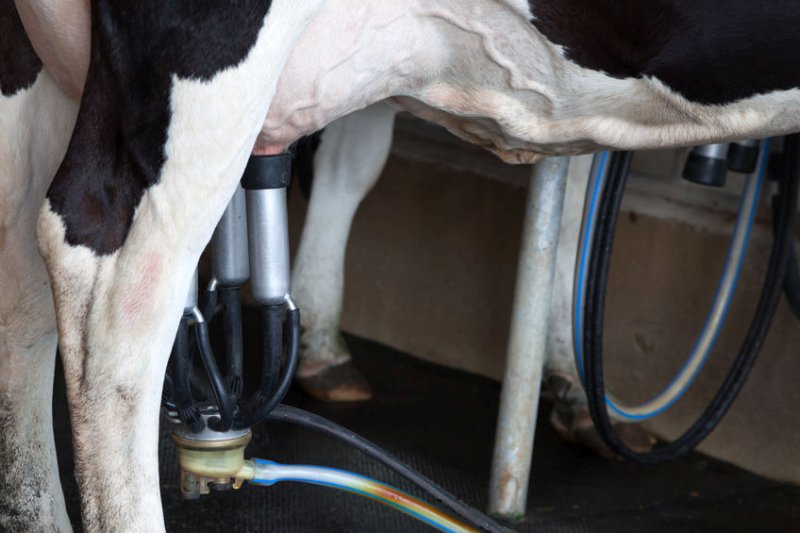
The Global Dairy Trade (GDT) price index reached its highest point since March 2014 at the most recent event.
The fortnightly index reached US$4,630 per tonne on 1 February, and it also jumped 4.1% from the previous event on 18 January.
The price indexes for all available products rose at the event, but the main driver was a 5.8% increase in the price of whole milk powder (WMP).
Skim milk powder (SMP) and butter values also saw strong increases from the previous auction, reaching 5-year highs.
Analysing the event, AHDB Dairy analyst Katherine Jack says the rising prices appear to be supported from both the supply and demand sides.
On the supply side, lower milk output across key exporting regions has meant lower production of dairy products.
Although the auction platform is global, Oceania is the biggest supplier of product to the platform.
The volumes of product available on the platform tend to peak around October/November, Ms Jack explains, in line with the southern hemisphere flush, Ms Jack explains.
"This year, the southern flush was disappointing, and in turn we can see lower volumes have been offered in the last 6 months compared to the same periods in previous years, heightening competition for supplies.
"On the demand side, firm global demand will have further depleted inventories. The biggest volumes sold on the GDT platform are of WMP and SMP, and China is a key buyer of those."
China has imported record quantities of milk powder in the past two years, and the elevated demand has been supporting prices.
"This eased off somewhat towards the end of the year, but annual figures remained strong," Ms Jack says.
"However, the high purchase volumes may also mean they have built up stocks to make sure they had sufficient inventories to meet growing demand, and potentially also due to concerns over shipping delays.
"At some point, stores will be full, so demand can’t be relied upon to rise indefinitely."
Ms Jack says the 2022 outlook for global supplies is looking tight, and global consumer demand is expected to improve as countries move out of the pandemic.
"There still appears to be some support to the markets, which could partly counterbalance any downward pressure from a potential drop in imports from China."
